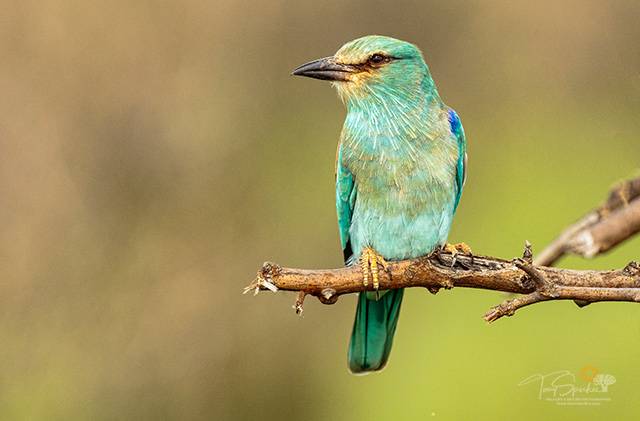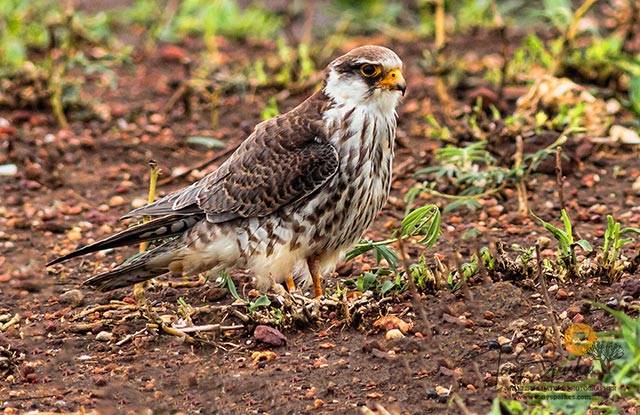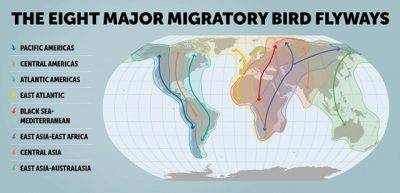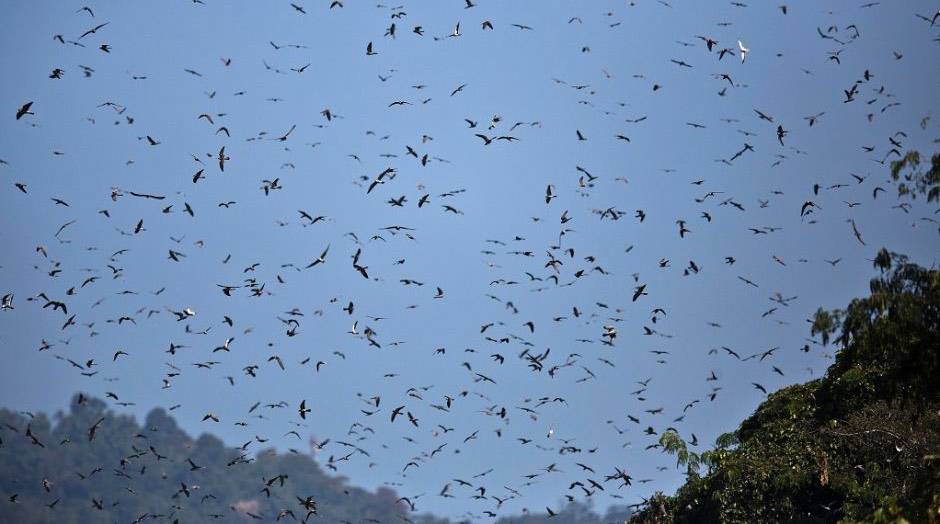Afro Palearctic Migrants
In my last two blog posts Bird Migration part 1 & Bird Migration part 2, I briefly touched on the categories of migrants we have in South Africa and indeed Southern Africa. In my final post on bird migration to Southern Africa let’s discuss the last category of birds that go to make up the whole migrant ebb & flow; Afro Palearctic Migrants.

The Most Famous Migrant
The most famous of our Afro Palearctic Migrants to make that long haul each year back and forth to their breeding grounds and the ‘most famous’ for its migratory patterns are the Arctic Tern (Sterna paradisaea) which has a circumpolar distribution covering the Arctic and the sub-Arctic regions of Europe, Asia, and North America. Fairly common in the Southern oceans, the Arctic Tern, most of which pass offshore en-route to and also from their Antarctic wintering grounds. Some, however, remain over the summer.
Being a reasonably small bird, recent studies have shown these amazing birds average annual round trips between 70,900 km – 90,000 km, dependent where the birds actually nest. These staggering numbers are by far the longest migrations known in the animal kingdom, with the Arctic Tern flying from its Northern Arctic breeding grounds to the Antarctic and back again each year.
African Migratory Birds – Afro Palearctic Migrants
Annual inland Afro Palearctic migratory birds are migratory birds that are long-distance migrants that breed in Europe and Southern Asia and winter in sub-Saharan Africa. In South Africa, there are 44 recorded species of Afro Palearctic migratory birds as denoted by SABAP2 (South African Bird Atlas Project 2).

Two of the better recognised Afro Palearctic migrants in South Africa are from Eastern Europe/Asia; they are the Steppe Buzzard (Buteo buteo vulpinus) and the Steppe Eagle (Aquila nipalensis). These medium-sized raptors/birds of prey fly all the way from their breeding grounds in Eastern Europe, Southern Russia and the central Asian ‘steppes’ and as far east a Mongolia.
Afro Palearctic migrants most recognised from Europe include the Barn Swallow (Hirundo rustica), the colourful European Bee-Eater (Merops apiaste) and the European Roller (Coracias garrulus). These Afro Palearctic migrants start to arrive in South Africa between August – November each year and start their departure March -April the following year.
Afro Palearctic Migrants – The Most Travelled
Probably the most travelled of the inland Southern Africa Afro Palearctic migrant birds is a small insectivorous raptor (eats insects) the Amur Falcon (Falco amurensis). This small raptor breeds in Southeastern Siberia and Northern China before migrating in very large flocks across India and over the Arabian Sea to winter in South/Southern Africa; a round trip of over 22,000km!!
Migratory Bird Flyway Map – Bird Migration Patterns
Boundaries do not apply to migrant birds, which arguably make them the most mobile of animals on the planet, many undertaking colossal journeys each year.

Migratory birds travel very long distances on their annual journeys, sometimes even tens of thousands of kilometres. The survival of migratory birds depends on the availability of well-connected networks or chains of habitats along their migration routes, which are used by birds for refuelling. The ‘Flyway Map’ (courtesy of Birdlife SA) shows such routes taken by migratory birds.
Afro Palearctic Migrants – The Dangers
In 2012, mass trapping and capture of migrating Amur falcons by hunters in Nagaland (India) were reported in the media. With a public outcry internationally a very successful campaign began to prevent their capture and slaughter. These hunters who slaughtered 15,000 Amur falcons daily now protecting millions of these migratory birds has been an astounding success story.
With this Amur Falcon success in India, where all illegal trapping was halted through the intervention of the BirdLife partnership in 2013, it is our responsibility to conserve migratory birds at the end of their migration route here in South & Southern Africa and to lobby with international partners to protect the breeding, stop-over and wintering sites of such species.
Bird Migration – In Conclusion
Finally a question one must ask in all of the last 3 posts on bird migration, why do birds migrate? It is generally understood the reasons for migration are 2 fold. Birds migrate to move from areas of low or decreasing resources to areas of high or increasing resources. The two primary resources being sought by them are food and nesting locations. Bird migration is a fascinating and interesting subject which I urge you to research further whichever part of the world you may be in.
Tony Sparkes Wildlife & Photo Safaris are leaders of specialist underground photo hide photography, photo safaris, wildlife and birding tours in South & Southern Africa and other international destinations contact us for all your requirements including custom safaris and wildlife tours. Specialist guide for all your Kruger Park Safaris including luxury getaways like Hamiltons Tented Camp, Hoyo Hoyo & Imbali Safari Lodge.
- African Wildlife Photography Tips - February 23, 2020
- Low Light Wildlife Photography - November 26, 2019
- Bonamanzi Game Reserve - November 21, 2019

